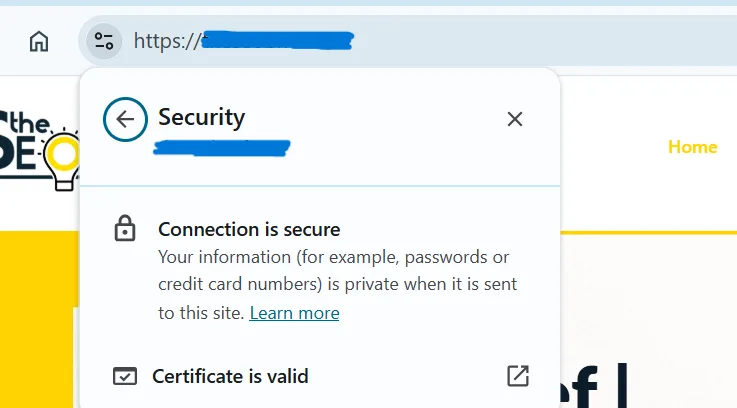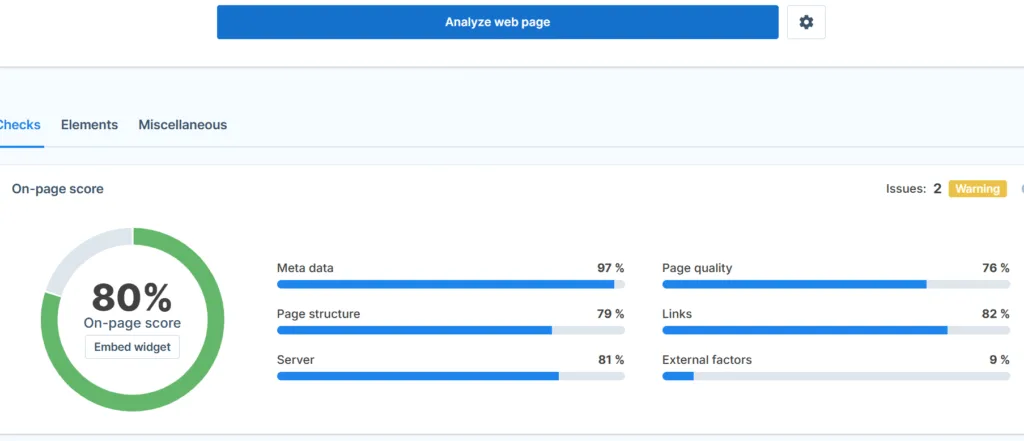What Is Technical SEO? A Complete Beginner’s Guide (2025)
Learn what is technical SEO, why it matters, and how to optimize your website for crawlability, indexing, speed, and mobile-friendliness. Step-by-step guide with FAQs.
Table of Contents
Search engine optimization (SEO) is often associated with keywords, backlinks, and content quality. But behind the scenes, there is another powerful layer—technical SEO. Without it, even the most well-written content can remain invisible to search engines. So, what is technical SEO, and why does it matter for your website’s success?
What Is Technical SEO?
Search engines prioritize websites that are:
Easy to crawl (search bots can access pages quickly)
Fast loading (page speed impacts rankings and user experience)
Mobile-friendly (over 60% of searches come from mobile devices)
Secure (HTTPS websites are favored over HTTP)
A site with poor technical SEO may not appear in search results, even with excellent content.
Key Elements of Technical SEO
1. Crawlability and Indexing
Search engines like Google use little bots (called crawlers) to scan your website and figure out what’s on it.
If a page has no links pointing to it (orphan page) or if links are broken, those crawlers may not reach it. That means your page won’t show up in search results.
✅ What you can do:
Create an XML sitemap and upload it to Google Search Console.
Add internal links so every page is connected and easy to find.

2. Website Architecture
Think of your website like a map. If the roads are messy, visitors (and Google) will get lost.
A clear structure helps both people and search engines move smoothly around your site.
✅ Quick tip:
Keep your site flat, meaning users should reach any important page within 3 clicks from the homepage.
Organize content into categories, subcategories, and posts just like a neat filing system.
3. Site Speed Optimization
Nobody likes a slow website. If your site takes too long to load, people click away, and Google notices.
✅ Easy fixes:
Use Google PageSpeed Insights to check your site speed.
Compress large images and remove things that slow down the page.
Aim for loading time of under 3 seconds.

4. Mobile Optimization
Most visitors use their phones to browse. Google also looks at your mobile site first when ranking. If it doesn’t work well on small screens, you’ll lose visitors.
✅ Quick check:
Run your site through Google’s Mobile-Friendly Test.
Make sure text is readable, buttons are easy to click, and the layout adapts to any screen size.

5. Secure Connection (HTTPS)
A secure website builds trust. If your site shows “Not Secure”, visitors may leave right away. Google also prefers secure sites in rankings.
✅ How to fix it:
Get an SSL certificate and switch your site to HTTPS.
This helps with both trust and SEO ranking.

Technical SEO in Practice: Audit and Fix
The best way to start improving is to run a site audit. This shows you what’s broken and what needs attention.
✅ Free tools to try:
Google Search Console – for indexing issues.
Semrush Site Audit – for a deeper check of errors, broken links, or security problems.
Audit → Fix → Recheck. Keep repeating this process regularly.

✅Technical SEO Made Easy (Quick Recap)
Make sure Google can find and index your pages.
Keep your website simple and organized.
Improve speed and mobile experience.
Secure your site with HTTPS.
Run regular audits to stay on top.


1 thought on “What Is Technical SEO?”